Taiwanese are to be excluded from participating in all UNESCO-affiliated events, the International Centre for Theoretical Physics (ICTP) has confirmed, sources said yesterday.
The confirmation came after Taiwanese researchers — some at institutions abroad — had their applications to join a conference last month rejected.
The ICTP — an organization run jointly by the Italian government and UNESCO — is holding a virtual conference on quantitative biology, which began on Monday last week and runs until Friday next week.
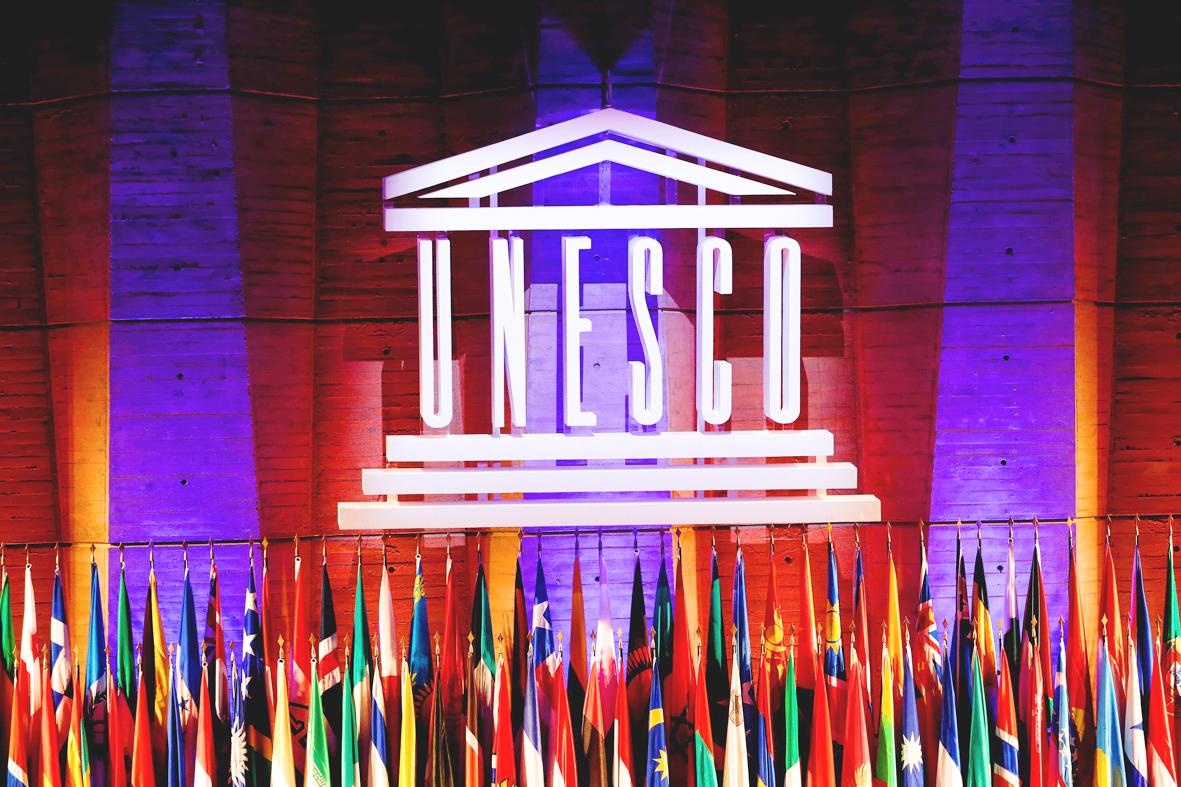
Photo: Reuters
Registration for the conference was open until Nov. 15, but Taiwanese at various institutions around the world posted on Twitter and elsewhere over the past week that their applications had been rejected.
“Founded in 1964 by the late Nobel Laureate Abdus Salam, ICTP seeks to accomplish its mandate by providing scientists from developing countries with the continuing education and skills that they need to enjoy long and productive careers,” the organization’s Web site says.
One Twitter user wrote that the exclusion of Taiwanese was ironic, given that conference organizers were attempting to appear inclusive with the message “Female scientists are encouraged to apply” written on the bottom of a notice for the conference posted on the ICTP Web site.
“My advice for future @ictpnews @UNESCO event: Add an additional line ‘Taiwanese scientist will not be accepted’... so ppl won’t waste time applying for an opportunity they will be rejected from based on their country of origin,” Yeh Chih-fu (葉治甫), a Taiwanese doctoral student at Stanford University, wrote on Twitter on Wednesday.
Alexander Sullivan, fellow at the Washington-based Center for a New American Security think tank and a Georgetown University doctoral student, on Twitter criticized Beijing’s influence over UNESCO and its affiliated organizations.
“China has grown quite powerful within UNESCO, especially post US withdrawal under Trump. Shameful to see UNESCO further constricting not just Taiwan as a government, but individual scientists, as part of the PRC’s political agenda,” he wrote on Twitter on Thursday, referring to the People’s Republic of China.
Citing another researcher, Sullivan wrote that Chinese President Xi Jinping (習近平) has also been influencing archeology through UNESCO “as a way to tell the whole world a good story of Chinese history.”
Meanwhile, the US-China Economic and Security Review Commission on Tuesday published its annual report, whose Chapter 5 outlined concerns about Chinese encroachment on Taiwan and laid out recommendations for US action.
The commission recommended that the US secretary of state report on actions planned and taken by the US government to counter Beijing’s isolation of Taiwan, and to “strengthen support for Taiwan’s engagement with the international community, including [outlining] actions the administration will take should Beijing increase its coercion against Taiwan.”
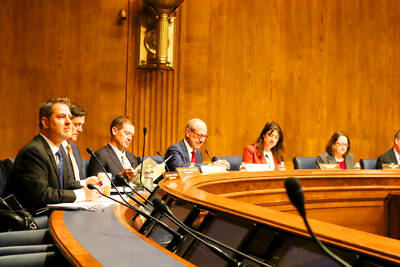
LIMITS: While China increases military pressure on Taiwan and expands its use of cognitive warfare, it is unwilling to target tech supply chains, the report said US and Taiwan military officials have warned that the Chinese People’s Liberation Army (PLA) could implement a blockade within “a matter of hours” and need only “minimal conversion time” prior to an attack on Taiwan, a report released on Tuesday by the US Senate’s China Economic and Security Review Commission said. “While there is no indication that China is planning an imminent attack, the United States and its allies and partners can no longer assume that a Taiwan contingency is a distant possibility for which they would have ample time to prepare,” it said. The commission made the comments in its annual
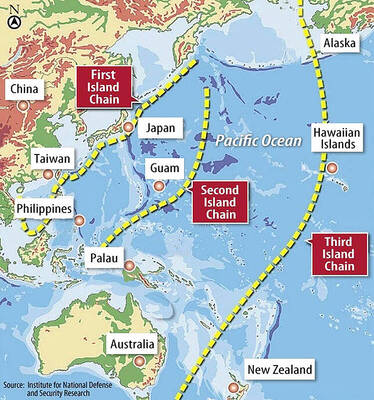
DETERMINATION: Beijing’s actions toward Tokyo have drawn international attention, but would likely bolster regional coordination and defense networks, the report said Japanese Prime Minister Sanae Takaichi’s administration is likely to prioritize security reforms and deterrence in the face of recent “hybrid” threats from China, the National Security Bureau (NSB) said. The bureau made the assessment in a written report to the Legislative Yuan ahead of an oral report and questions-and-answers session at the legislature’s Foreign Affairs and National Defense Committee tomorrow. The key points of Japan’s security reforms would be to reinforce security cooperation with the US, including enhancing defense deployment in the first island chain, pushing forward the integrated command and operations of the Japan Self-Defense Forces and US Forces Japan, as
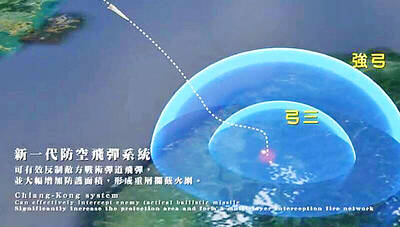
INTERCEPTION: The 30km test ceiling shows that the CSIST is capable of producing missiles that could stop inbound missiles as they re-enter the atmosphere Recent missile tests by the Chungshan Institute of Science and Technology (CSIST) show that Taiwan’s missiles are capable of intercepting ballistic missiles as they re-enter the atmosphere and pose a significant deterrent to Chinese missile threats, former Hsiung Feng III missile development project chief engineer Chang Cheng (張誠) said yesterday. The military-affiliated institute has been conducting missile tests, believed to be related to Project Chiang Kung (強弓) at Pingtung County’s Jiupeng Military Base, with many tests deviating from past practices of setting restriction zones at “unlimited” and instead clearly stating a 30.48km range, Chang said. “Unlimited” restrictions zones for missile tests is
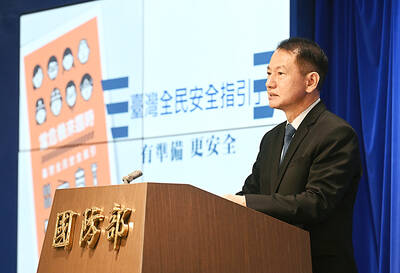
PUBLIC SAFETY: The nationwide distribution campaign aims to enhance society’s overall understanding of threats and bolster defense awareness, an official said The latest edition of the National Public Safety Guide is being mailed to all citizens starting today to foster public awareness of self-defense in the event of war or natural disasters, the Ministry of National Defense said yesterday. “The guides will be disseminated to the public to enhance society’s overall understanding of threats and bolster defense awareness, demonstrating the government’s emphasis on people’s safety and its determination to pursue self-defense,” All-out Defense Mobilization Agency Director Shen Wei-chih (沈威志) said at the ministry’s news conference. The nationwide distribution campaign was planned according to President Lai William’s (賴清德) Sept. 20 directive, he said, adding